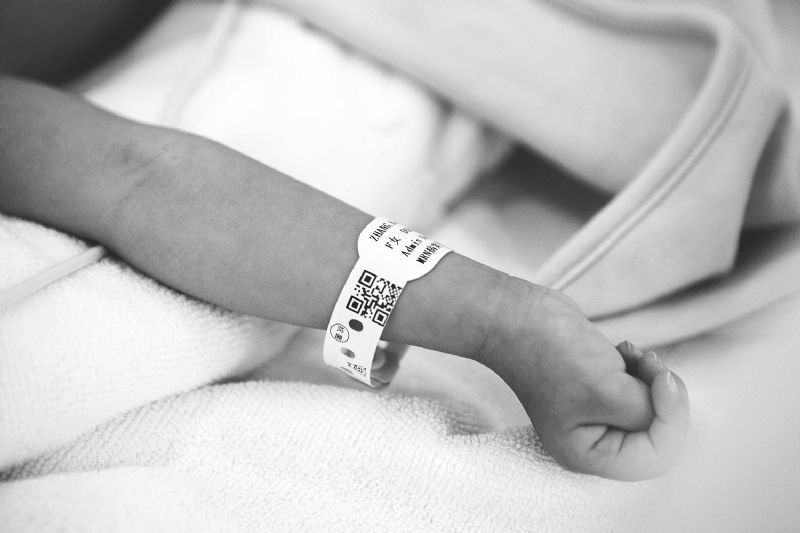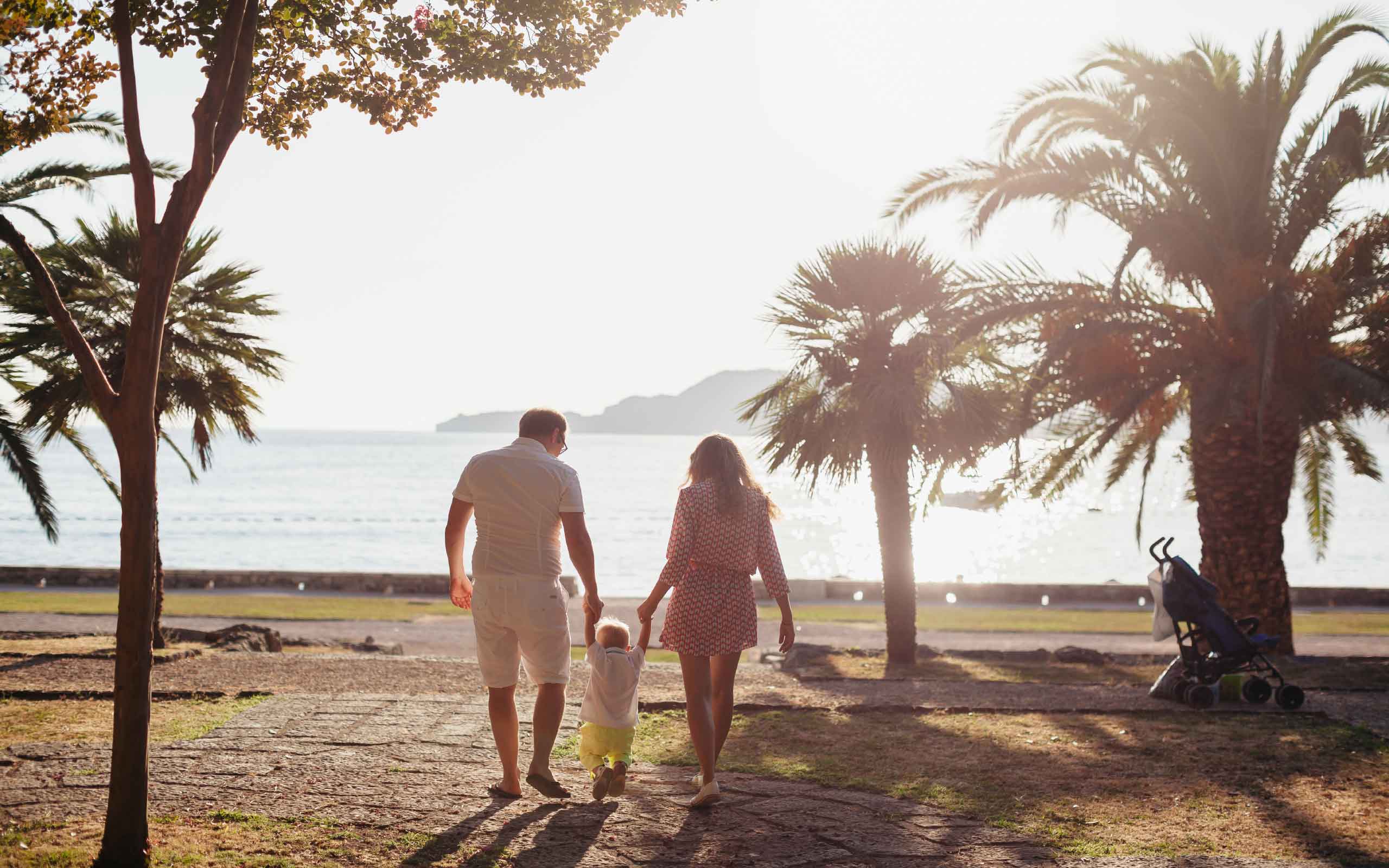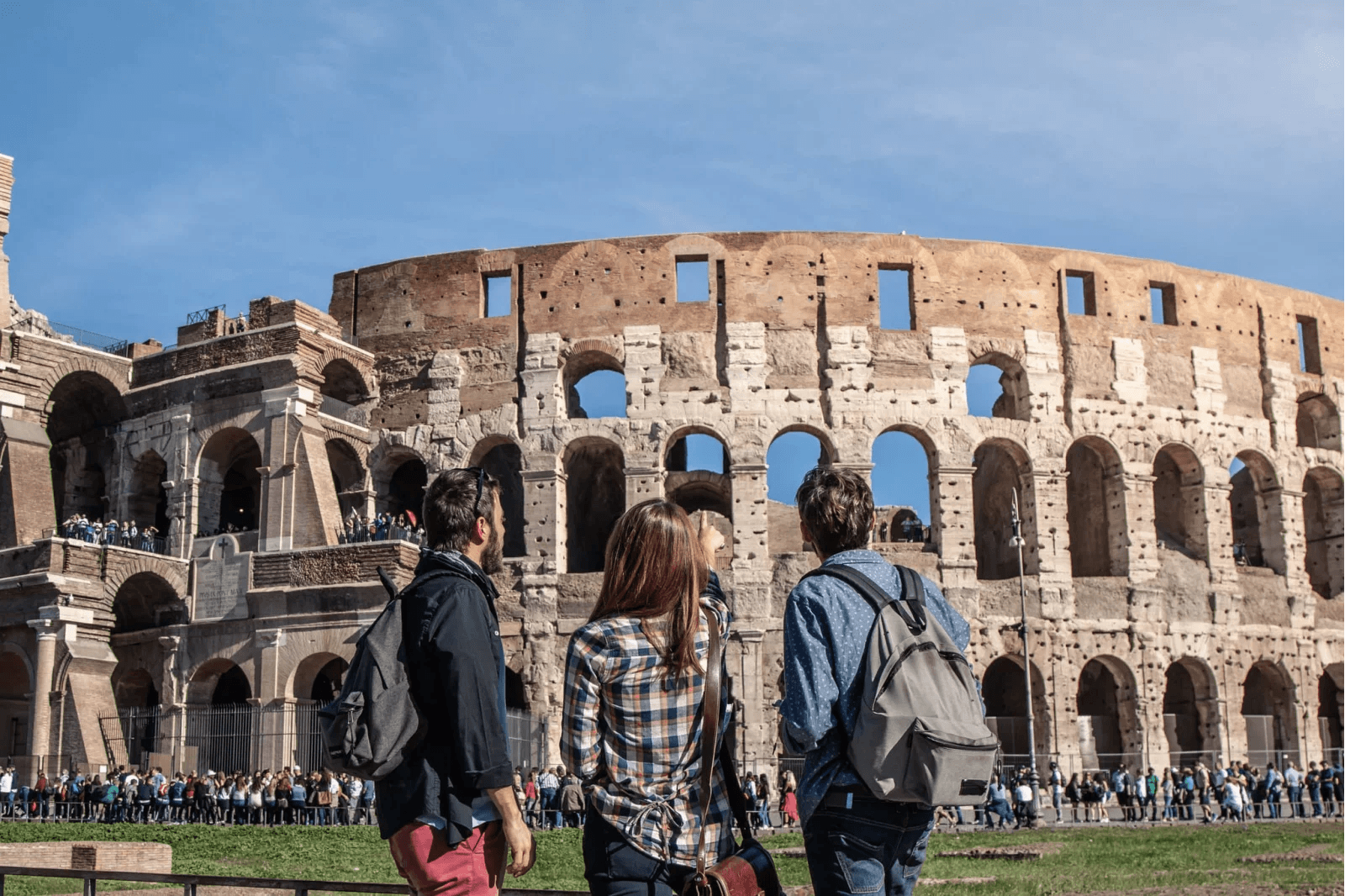I’ve never put my nose an inch from an ashtray, but I imagine it would smell like the hallways of the hospital I dashed through during the fourth month of my World Race.
I struggled to keep up with the woman carrying a baby wrapped in a plush, pink blanket. (We’ll call the baby Cara.) We darted between families that were camped along the walls, resting on their cardboard mats. Eventually we squeezed into an elevator with grandpas, moms, dads and more sick little ones. There was a middle aged woman with purple, latex gloves that controlled the elevator buttons.
The doors slid shut, the elevator was silent, and the chaos of the halls was gone. At every level the doors opened and people exited out into the chaos again.
At the highest floor, Cara, her nanny, the translator and myself were the only ones left on the elevator. The doors opened and we stepped out into a waiting area that might have at one time been friendly, but many lights were off and the once neon green and yellow paint was muted by age.
We sat on steel chairs quietly. A couple times I stepped back to take video of Cara in her nanny’s arms. After a few moments, two men in surgical attire came out with a gurney covered in a blue sheet. Cara was placed on the gurney, gently removed from the comfort of her nanny’s arms. Cara looked back, but didn’t cry as they wheeled her through the wide double doors. This wasn’t her first surgery.
We were at the best state-run children’s hospital in the country.
Two day before, the founder of the foster home where my team was serving that month asked me if I was willing to go to the hospital to document the pre and post-op process of one of their orphans. It’s hard for them to get cameras inside the hospital, but since I was clearly a foreigner, maybe I would get special privileges. I said I would go and do my best to put together a video for them. I had no idea what I agreed to.

So there I was – the only foreign face in a sea of desperate parents who have traveled thousands of miles to spend their life savings in order to have their children seen by a good doctor. All I had was a camera and I felt inadequate. I saw countless sick babies on ventilators and children without hair on their heads in their parent’s arms.
Every face – parent, child and doctor – looked exhausted.
I would put the camera to my face to take photos and pull the camera away with damp eyes, holding back tears. It’s one thing to see a sick or suffering adult, but it is whole other emotional trauma to see children and innocence in pain.
Their money was running out and without it they would go into major debt to the hospital. The idea was that I could take photos of the family and the foster home would get financial support through their network. This type of plan could prevent orphans and keep these parents from feeling any need to abandon their child in the hope someone better would care for them, like the foster home does for Cara.
I quickly agreed to take any photos I could, and we set off down the crowded hall again. We arrived at a much smaller room than Cara’s. It was about the size of freshman dorm. There was a little girl on each bed and I would guess they were around a year and half old. One of the girls had her father at her bed side, and the other had a mom and grandma.
I stepped in the room behind my translator. The little girls got one look at me and panicked. I was wearing a long white cardigan, holding a large, black camera, and I’m white. So I have the attire of a doctor, holding a mystery device and I don’t look like anyone they know – a recipe for tears. The parents tried to shush them and get to them to smile for me, but I knew that was a lost cause. The best I could do was blend into a wall and hope they forgot I was there. My translator encouraged the parents to not acknowledge me.
Soon the little girls were eating crackers and having bottles, and had mostly forgotten about me. I crouched next to the beds and took a few photos. At one point the little girl who was the most frightened by me looked directly at me in a sort of shock that I had snuck close to her. She didn’t cry, but she just stared at me. I smiled at her, but she kept staring.
I took around a dozen photos before I had exhausted all the space I had to move around in the cramped room. My translator explained to the families that we couldn’t stay long, and that she would let them know if the photos led to anything. At that moment, the father of the scared little girl asked for a portrait of him holding his daughter. He held his baby, with her catheter running to the bed and her bottle in hand, and stared at me as I took the photo.

I pulled the camera away from my face and and he extended his left hand to me. I awkwardly extended my left hand to shake his. I looked up to his face and our eyes met. I will never ever forget his stern, expression and sorrowful eyes.
At that very moment, I saw him for the first time. It’s difficult to explain, but truly, for the first time I felt that I was seeing someone as God sees all his children. I saw a son. I saw a desperate, young father holding his tiny joy with tubes filled with medicine keeping her alive. He was longing for answers and hope.








